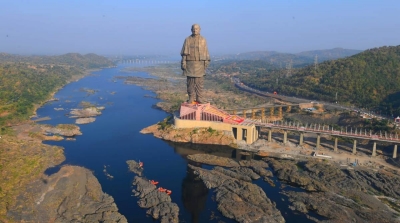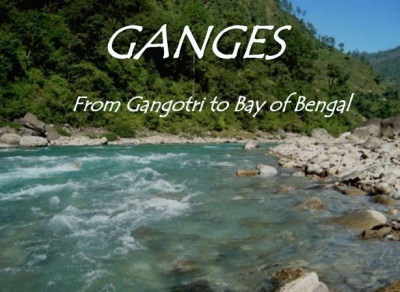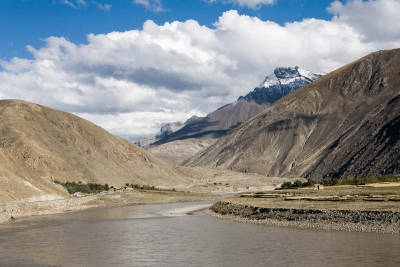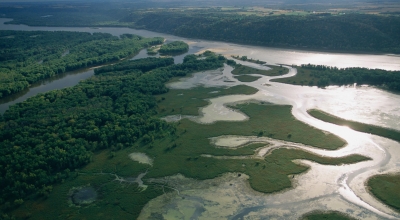
The statue depicts Sardar Vallabhbhai Patel, India’s first Home Minister, wearing a traditional dhoti and shawl, towering over river Narmada.
The statue was inaugurated by Prime Minister Modi on 31 October, 2018. For many it was a source of national pride and a clear demonstration of Indian construction skills. But it wasn’t without its detractors. The sheer cost of the thing was and is an obvious bone of contention, with some arguing that Sardar Vallabhbhai Patel himself would never have approved of such a costly project.
Visitors can tour the memorial garden, exhibition center and museum located at the site, before venturing up to the statue’s observation deck at a height of 502 feet (153 m).
Visiting hours are from 9 a.m. to 5 p.m. from Tuesday to Sunday (the statue is closed every Monday for maintenance). Standard adult tickets, which include the observation deck, museum and memorial gardens, cost Rs 350.
Picture Credit : Google








